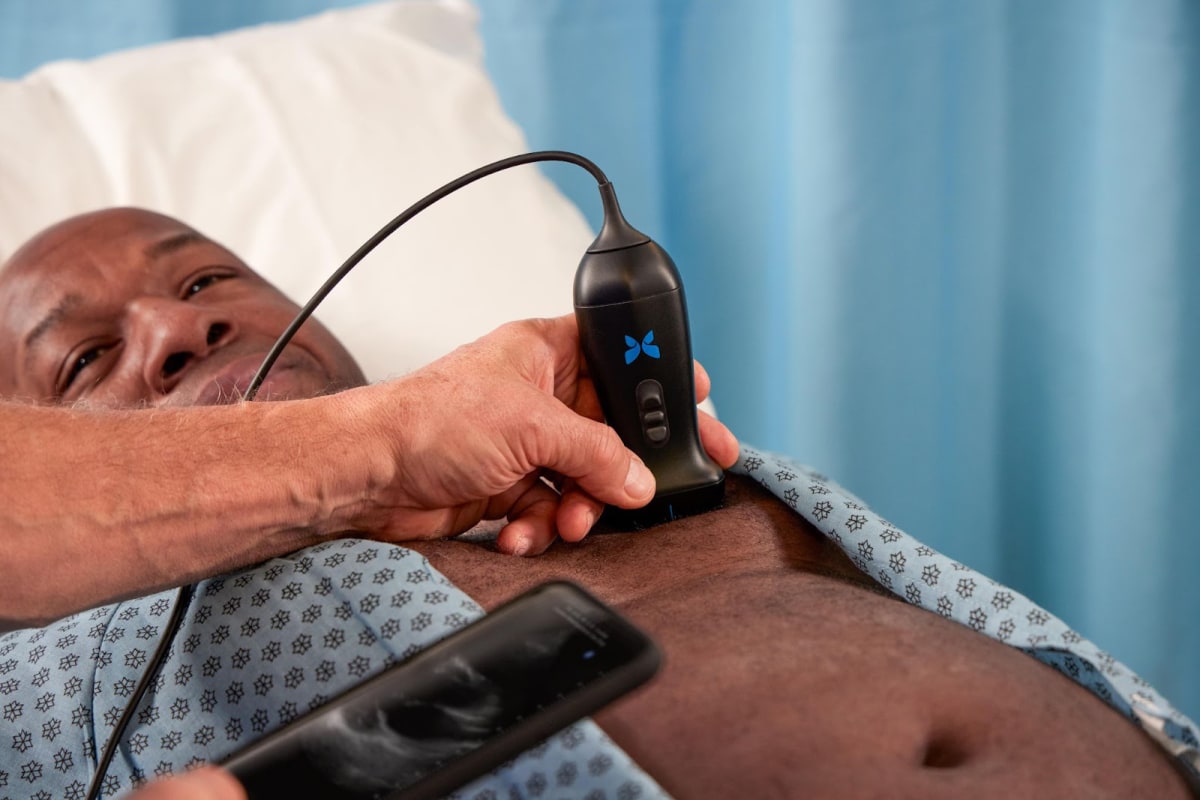- | 4:00 pm
Why this tiny medical device could point to the future of digital health
Butterfly Network’s digital ultrasound can connect to a smartphone and be used in just about any setting.

Medical imaging may not sound like the sexiest frontier in a digital health revolution that spans head-spinning advances from the rise of AI in medicine-making to robot-assisted surgery. It is, however, fundamental to medicine, allowing doctors to peer inside a human body to inform diagnoses and monitor patients. It’s also a field ripe for disruption through technologies that are smaller, easier to use, and can produce more sophisticated and high-quality images—with a smaller price tag. To that end, Butterfly Network, a medical device company at the forefront of this imaging revolution, launched its third-generation digital ultrasound in the U.S. this month—and has significantly broader ambitions in fully remote patient monitoring and beyond in the coming years, CEO Joseph DeVivo tells Fast Company.
Butterfly’s third-generation device (dubbed the iQ3) builds on its predecessors’ semiconductor chip-based technology to produce high-quality ultrasounds. Traditional ultrasounds rely on crystal-based technologies in their probes. The probes emit ultrasound waves transmitted into your body that bounce back, which are then used to create computer-generated images of your organs.
Semiconductor chips such as Butterfly’s tech, can also convert electric voltage to ultrasound resonance, and offer some advantages over the crystal-based approach: The devices are easier (and cheaper) to produce, selling for about $2,500—a fraction of the cost of traditional ultrasound devices from brands like GE Healthcare and Philips. They’re also smaller, and images appear in real-time on a connected smartphone, meaning just about any medical professional can carry the equipment around with them on the go. Semiconductors also offer the ability to rapidly scale up processing power and, consequently, imaging quality and capability.

The iQ3 boasts nearly double the processing power of Butterfly’s previous model with 9.6 gigahertz per second of processing power. In plainer terms, that’s “the equivalent of running 20,000 4K-quality movies simultaneously,” said DeVivo. “And our fourth-generation chip is already in development.”
The company also sees applications for the device across rural hospitals in America, villages abroad with limited health infrastructure, and even the front lines of wars where using a clunky and expensive ultrasound device just isn’t feasible.
“We’re already teaching nurses and midwives in Kenya on fetal positioning during childbirth using this technology,” says DeVivo. “We have 1,000 of these right now in Ukraine. Just about every single one of the medics have them on hand.”

Butterfly also sees significant potential in at-home patient monitoring. For instance, say you’re a patient with a heart problem that needs cardiac imaging to monitor your condition. DeVivo says that by 2025 the company plans to release its first wearable sensor that can interface with Butterfly’s smartphone software (and relay the information to the patient’s doctors). DeVivo showcased a version of the product over video. (It resembled a rectangular magnet, the kind you might use to attach a name tag to your shirt.) The drive to go smaller, simpler, but more sophisticated is ultimately what the company believes will give it a persistent edge.
“The big companies have been focusing more on the development of their higher end ultrasounds than they have been on the smaller devices. They’re investing in AI, they’re investing in higher end algorithms—but they are not investing in a similar technology to this,” says DeVivo.






































